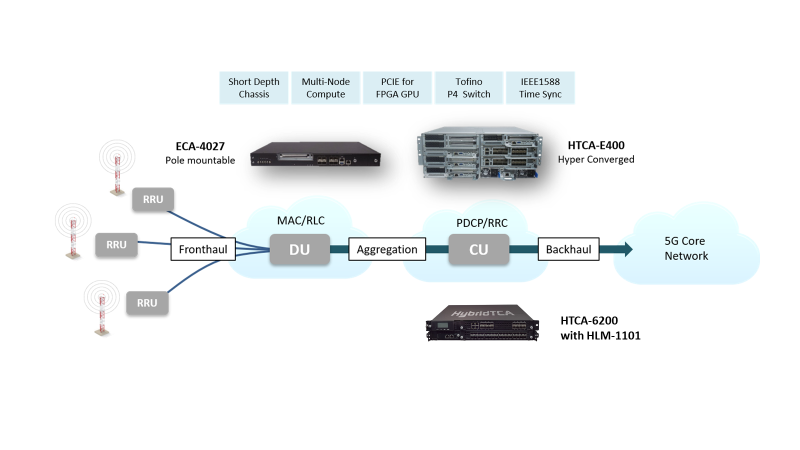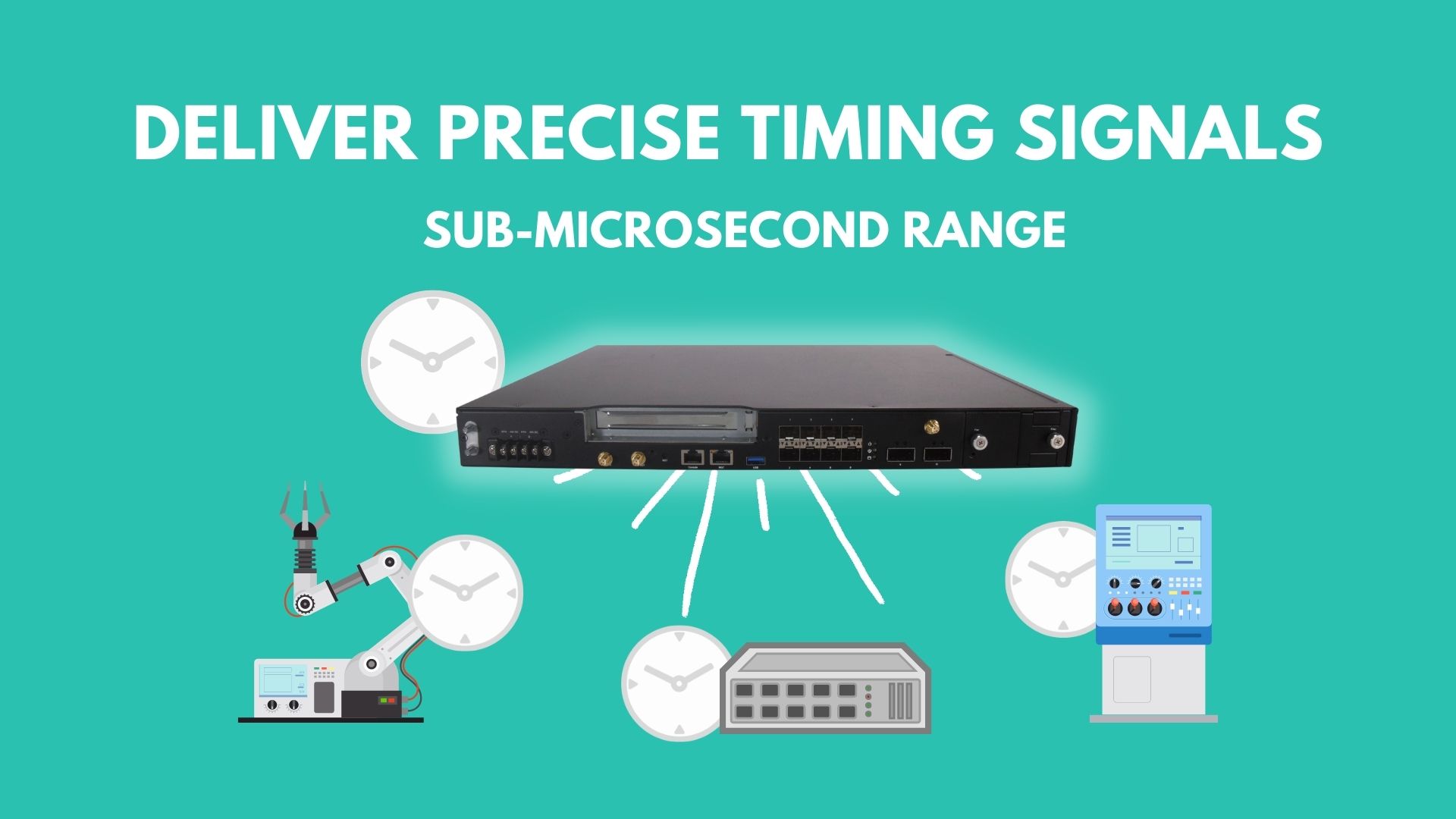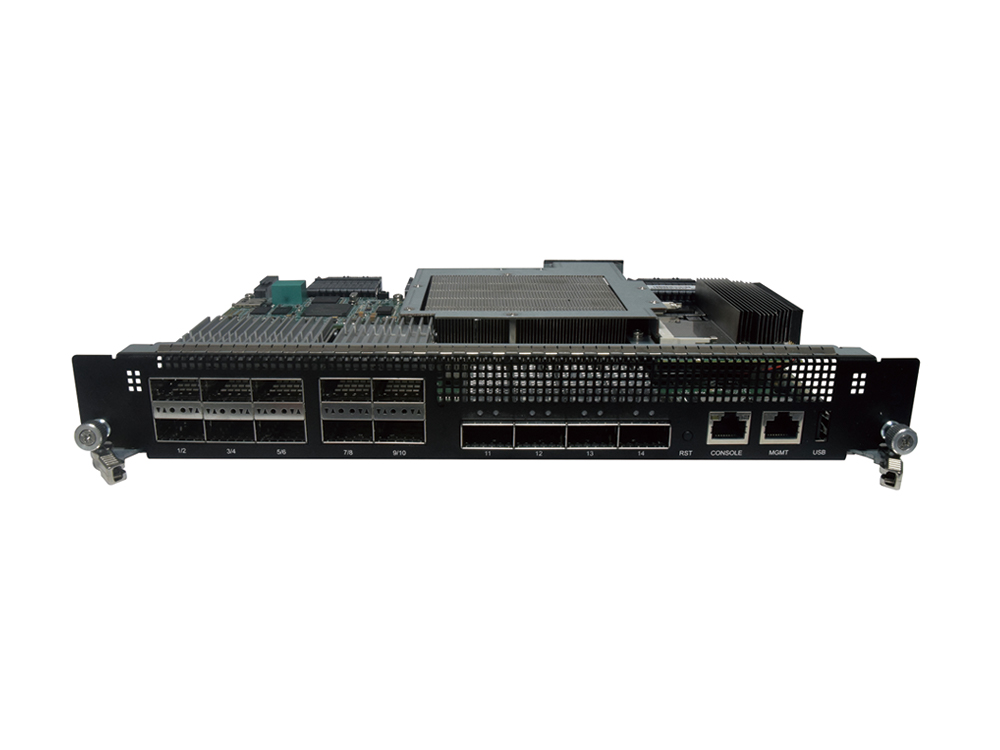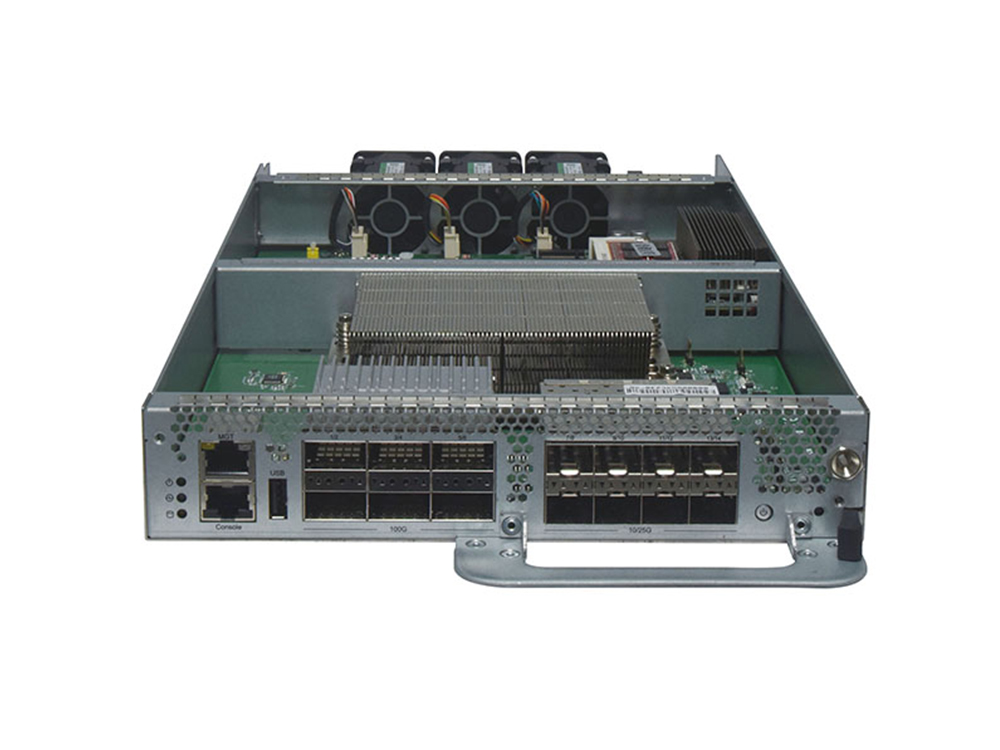It’s natural to assume that computer clocks in servers, workstations, and network devices, each with its own clock, are inherently accurate, but that may not always be true. In modern computer networks, time synchronization is critical because every aspect of managing, planning, securing, and debugging a network involves determining when events happen, and when poor synchronization happens, the result can be missed call handovers, capacity reductions, and network down time. Especially now with the proliferation of 4G and 5G networks, in addition to multitude of applications, all require greater accuracy. Precise time can be defined in various ways and time is the main frame of reference between all devices and applications on the network.
Why is Time Synchronization Important?
Time synchronization is essential to the quality of services telecoms can provide to their customers. Poor synchronization within the network would not only be very costly for network providers but detrimental to those who are relying on the network to perform high precision and time sensitive functions.
Here are some just some examples of some every day activities that require good time synchronization.
- Emails – For the accurate time stamping of when emails were sent and received.
- Video Streaming (webinars, movies on demand, conference calls) – Enabling a smooth video and audio quality without lag or jitter.
- Financial Markets – Allowing the stock market to know who executes the trade first. Additionally, billing services and similar financial applications must know the time accurately.
- Surveillance Markets - Every video requires accurate time stamp for evidence collection when accident occurs.
Precise Time Synchronization Challenges
Driven by faster speeds, and low latency, 5G networks require increased tighter synchronization, mandating nanosecond timing between the various elements in the radio access network (RAN). And there are more advanced technologies that come with 5G, like Time Division Duplex (TDD), to support multiple users and IoT devices such as sensors, robots, machines, and connected cars; dynamic spectrum sharing (DSS), carrier aggregation, and massive MIMO, which all require good timing to operate efficiently.
With 5G, we are introduced to a more complex fronthaul, moving away from a synchronized fronthaul CPRI to a packet-based fronthaul. This approach offers many advantages, but its vital that they are in-sync with each other and sharing the same time reference, which gives rise to complexities in network synchronization and equipment needed.
Another challenge is even as the demand of 5G rises, the network will still be a mix of 3G, 4G, and 5G, which means timing must be able to coexist with legacy synchronization techniques as well.
Lanner’s Edge Appliances Meets the Evolving Timing Requirements of 5G
Lanner’s edge appliances are compatible with both legacy and next-generation BBUs and supports the timing profiles needed to enable each network clock to meet the timing requirements for an evolving transport network involving old and new synchronization types. It can even be set as a grand master clock for establishing a timing source within the transport network.

- Intel Tofino chipset with a time synchronization function, which is an essential capacity in the field of telecommunication as well as in media and entertainment
- The relevant onboard chipset supports IEEE 1588 v2 Precision Time Protocol (PTP) with a resolution of 4 nanoseconds and enables the switch to act as either transparent or both boundary and master clock.
- Lanner Timesync in Tofino Programmable Switch
- IEEE 1588 Protocol support
- Implementation compliant to IEEE 1588-2008 standard (PTPv2)
- Compliant to 1588v2 default profiles
- Compliant to ITU-T G.8265.1 & G.8275.1 telecom profiles
- Support PTP Management interface
- Support configurable PTP profiles
Timing Profiles
ITU-T Synchronous Ethernet (SyncE): For Frequency Synchronization through Ethernet
IEEE 1588v2: For Frequency, Phase and Time Synchronization through Ethernet
- G.8272: Specifies the requirements for primary reference time clocks (PRTCs) in packet networks. PRTC provides the reference signal for time, phase and frequency synchronization for other clocks within a network.
- G.8275.1: For full PTP aware network. Requires the network to provide full timing support with all PTP-aware devices deployed and is suitable when building greenfield networks.
- G.8275.2: For partially PTP aware network. Allows partial timing support to be operated on an existing network with legacy PTP-unaware devices and is suitable for brownfield networks.
- T-GM: Telecom Grand Master Clock
Timing Interfaces
- GNSS: For antennae to set Frequency/Phase/Time Synchronization
- 1PPS: For Phase Synchronization via 1 Pulse Per Second (1PPS)
- Ethernet: For Frequency Synchronization using SyncE and PTP










